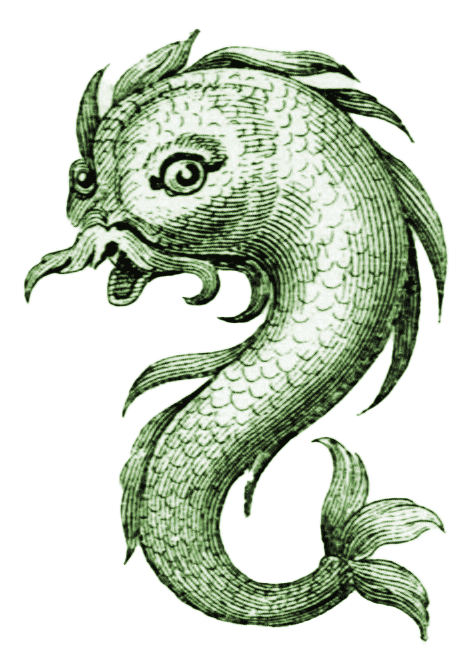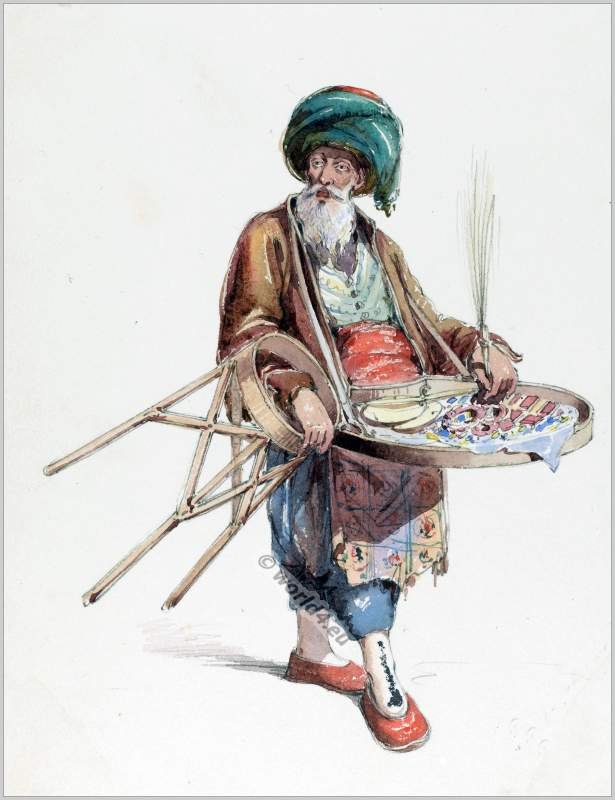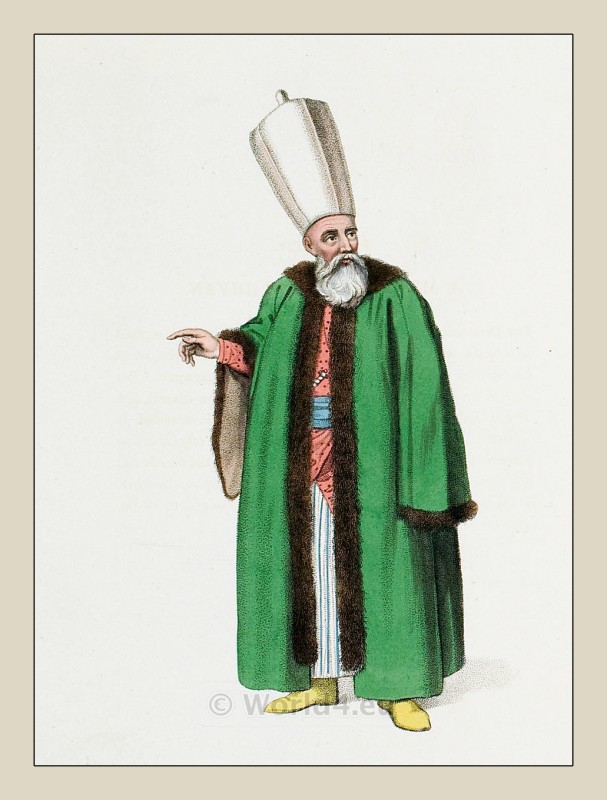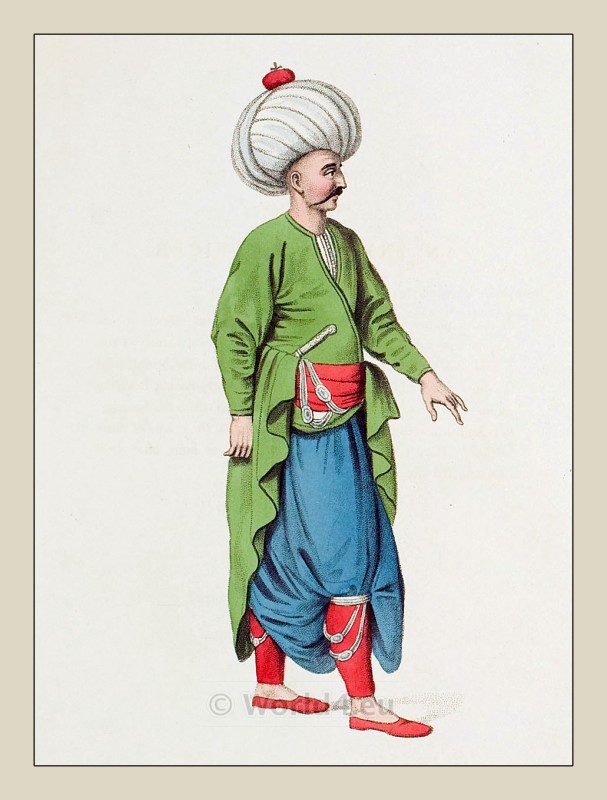Ottoman Empire soldiers.
Two Janissaries in their dress of ceremony.
THE formation and first establishment of that vast body of men, the Janissaries, is said to have taken place during the reign either of Osman I. or Morad II. They were at first composed of boys, who were sent as tributes from Macedonia, Bulgaria, and the different Greek Provinces. Being sent at a very early age, they were brought up to the Mussulman religion, and were called “Hadjèm-Oglàr,” the children of strangers. This tribute, however, was soon altered to the more convenient one of money, and this corps has since been supplied by volunteers. Hence called “Yeni- tcheri,” new soldiers. and by Europeans corrupted to Janissary.
The pay of these troops differ in time of war or peace. In the latter it is much less. Their numbers, though very great, are not well ascertained, as the title is hereditary; and many get enrolled, white they continue the exercise of their trade, in order to enjoy certain privileges. Each Janissary has a certain indelible symbol marked in the flesh of the arm by means of gunpowder, to shew the Odah, or regiment, to which he belongs.
These differ; the first has a crescent; the thirty-first, which serves at sea, an anchor. This is reckoned the most honourable. Some of them wear, when full-dressed, a large felt cap, with a square piece falling half way down their backs. In the front there is a socket of copper, originally for feathers, but now it is the place for their spoon.
Source: Janissaries in official dress. THE COSTUME OF TURKEY. Drawings by Octavian Dalvimart. Printed by Howlett and Brimmer. Published in London, 1804.

Related
Discover more from World4 Costume Culture History
Subscribe to get the latest posts sent to your email.







